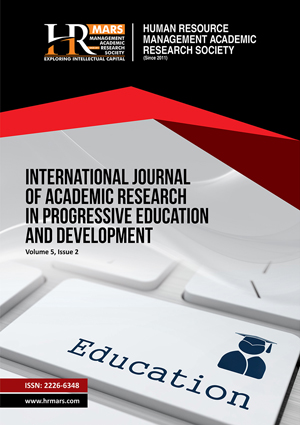
ISSN: 2226-6348
Open access
The rapid and radical developments in the technology, socio-cultural and scientific research have increased the interactions among the languages in recent years. Due to the fact that these developments are originated especially from America and England, English has become a world language. Taking this reality into consideration, the detection of loanwords entering into a language and the importance of the language purification from these words comes to the fore. There is no language which derives words by only benefiting from its own sources in the world.
This study is aimed to investigate the signs used in Osmaniye urban life and scrutinize in terms of multilingualism. It is also investigated that words used in signs have different meaning in Turkish language or meaning in the target language. In this study, fieldwork and photography technique are used. The photographs signs in Osmaniye main districts were taken and by using the content analysis, the choice of words are derived from the Turkish language or English, Arabic and Persian. The findings show that there are numerous words deriving from English language into the Turkish language and these words are widely used in the signs by Osmaniye tradesman. Some words are directly derived from English language and some of them can be seen as in the form of made-up words formed by combining Turkish and English languages.
In conclusion, it is observed that the Turkish language has been invaded by numerous foreign words and the language itself is in the process of losing a great amount of its vocabulary items. It can also be stated that besides the loanwords from English language, there are also a great deal of made-up words formed by combining Turkish and English words. Therefore, necessary precautions should immediately be taken and TDK (Turkish Language Society) should play a much more effective role in the resolution of the issue. Furthermore, the media should pay more attention to the use of Turkish language and create awareness among the public about the proper use of the Turkish language.
Akal?n, S. H. (2001). Adana'n?n ?algam? Nas?l Shalgam Oldu? Türk Dili Dergisi, ?ubat Say?s?, S. 590, TDK yay?n?, Ankara.
Ersoylu, H. (2009), Türkiye Türkçesinin Ça?da? Sorunlar? Üzerinde ?ncelemeler, ?stanbul: Ötüken Nesriyat.
Gokalp, Z. (1976). Türkçülü?ün Esaslar?, Haz?rlayan: Mehmet Kaplan, ?stanbul, Kültür Bakanl??? Yay?n?.
Quirk, R., Ve Stein, G. (1990). English in Use. Longman Group UK Limited.
Sayd?, T. (2013). Avrupa Birli?i Vizyonuyla ?kidillilik, Çokdillilik ve E?itimi, Uluslararas? Sosyal Ara?t?rmalar Dergisi, 6(28), 269-283.
Sinanoglu, O. (2003). Bye-Bye Türkçe, Otopsi Yay?nevi.
Topcu, N. (1961). Yar?nki Türkiye, ?stanbul, Ya?mur Yay?nevi.
Topcu, N. (1970). Kültür ve Medeniyet, ?stanbul, Hareket Yay?nlar?.
In-Text Citation: (Yukselir & Ercan, 2017)
To Cite this Article: Yukselir, C., & Ercan, F. (2017). Signboards in the City Life and Multilingualism. International Journal of Academic Research in Progressive Education and Development, 6(1), 45–55.
Copyright: © 2017 The Author(s)
Published by Human Resource Management Academic Research Society (www.hrmars.com)
This article is published under the Creative Commons Attribution (CC BY 4.0) license. Anyone may reproduce, distribute, translate and create derivative works of this article (for both commercial and non-commercial purposes), subject to full attribution to the original publication and authors. The full terms of this license may be seen at: http://creativecommons.org/licences/by/4.0/legalcode